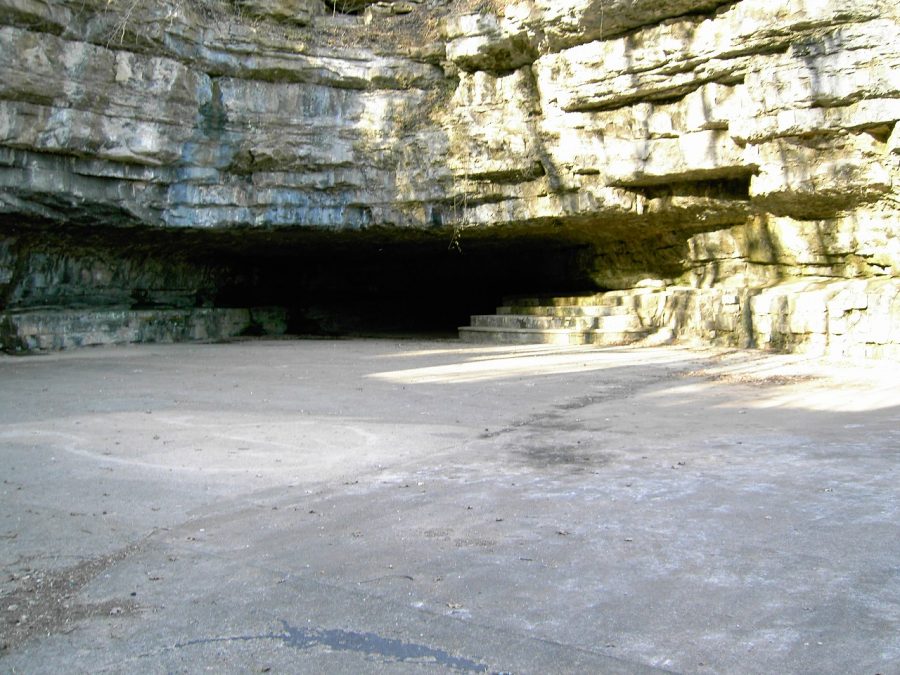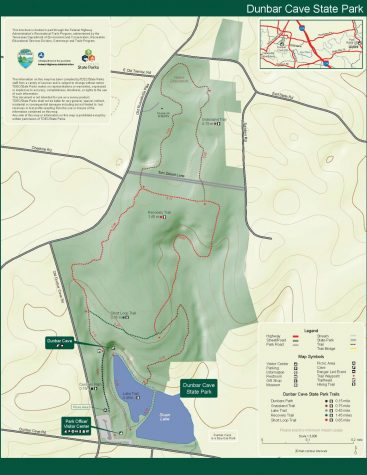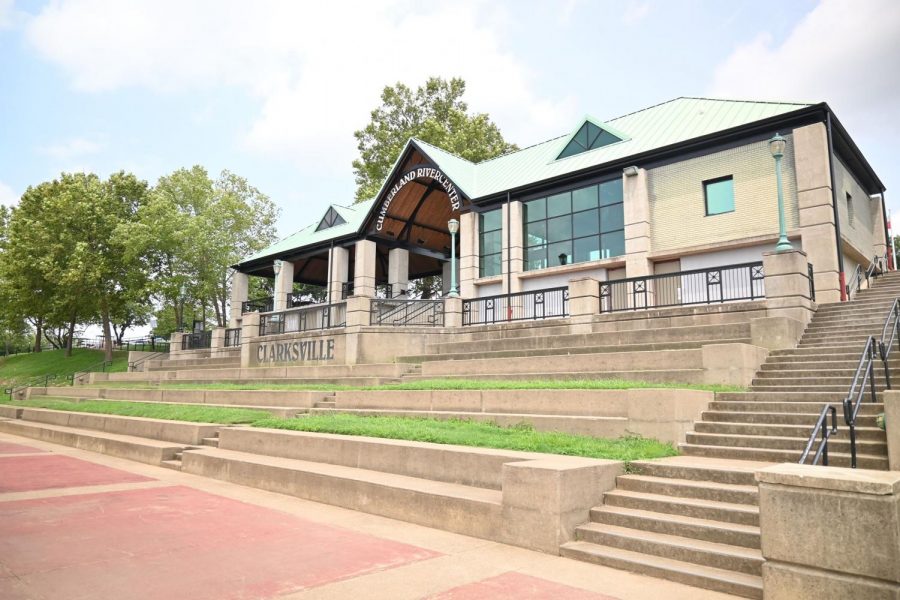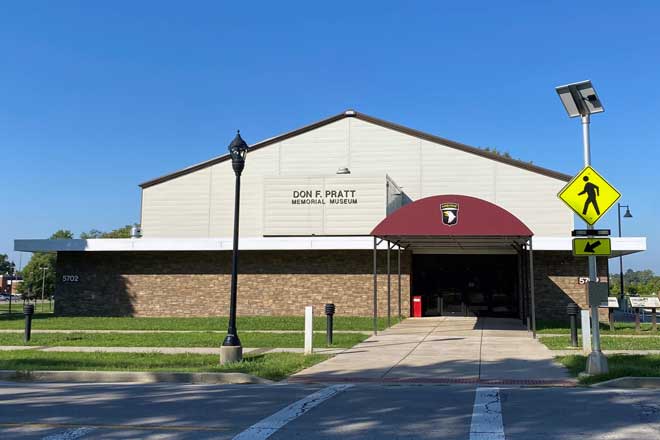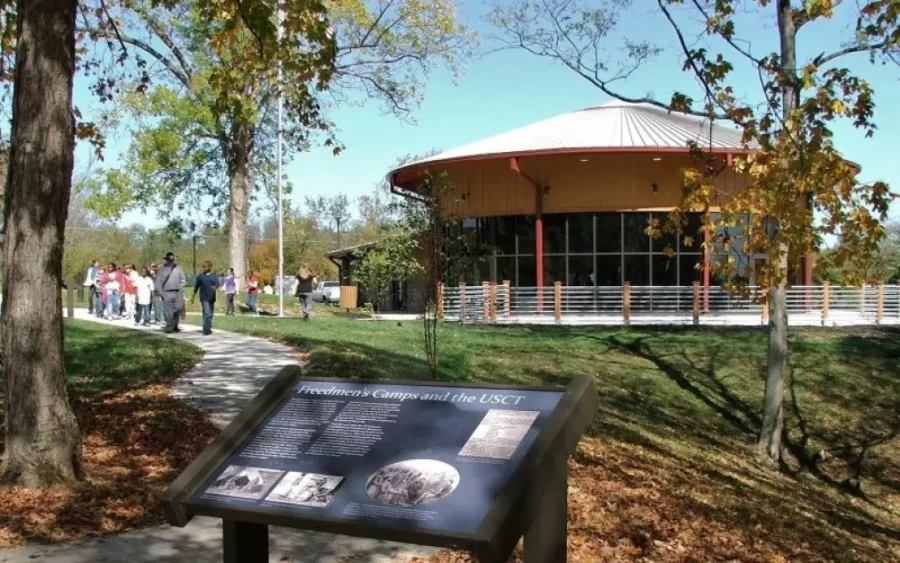Dunbar Cave is a prehistoric site where Eastern Woodlands Native Americans lived thousands of years ago. Cave art from the 14th century can be seen inside the cave itself.
Unfortunately, touring the cave is not an option until May, but the grounds itself has a lot to offer. Over three miles of hiking trails can be found. All trails begin and end at the Visitors Center. The Recovery Trail is the most strenuous because it has several steep hills. Shorter trails are available as well.
Besides the wooded areas where wildlife can be seen, the lake contains turtles, fish, ducks and geese.
The Visitors Center contains a gift shop, open from 8 a.m. to 4:30 p.m. daily. There is no admission fee to the park. The park is located at 401 Old Dunbar Cave Road.
From the Dunbar Cave brochure:
The 144-acre day-use park is centered around Dunbar Cave which has been used by mankind for thousands of years. Dunbar Cave is named for Thomas Dunbar, who settled near the cave in the 1780s. From the Paleo-indians of the last ice-age to the 20th century music resorts, people have long been attracted to the natural air conditioning and ample spring water provided by the cave.
Seven hundred years ago, Dunbar Cave was a sacred place for native people of the Mississippian culture. They left many drawings in the form of pictographs and petroglyphs on the walls in the dark zone of Dunbar Cave. These images likely represent the Mississippian people’s understandings of cosmology and the afterlife. Dunbar Cave is the only place in the world where the public can view Mississippian dark zone cave art.
Just after the American Civil War, multiple attempts were made to commercialize Dunbar Cave and the nearby Idaho Springs. Most notably were during the Big Band era of the 1930s which saw performances by such greats as Glen Miller, Lena Horne, and Benny Goodman. The 1933 Bathhouse serves as the current visitor center and park office. In 1948, country music star Roy Acuff developed the site into a country music park which included square dances, live radio show performances by Grand Ole Opry stars such as Minnie Pearl, the Smokey Mountain Boys, and Ernest Tubb.
The park surrounding Dunbar Cave features several different ecosystems such as the wetlands, located below the mouth of the cave; the upland forest, which is a forest recovered from 19th century clear cutting; and the prairie, which is a restored example of the type of savannah that was so prevalent in the southeast over 200 years ago. Dunbar Cave State Park partners with the Southeastern Grasslands Initiative in the ongoing restoration of prairie.






